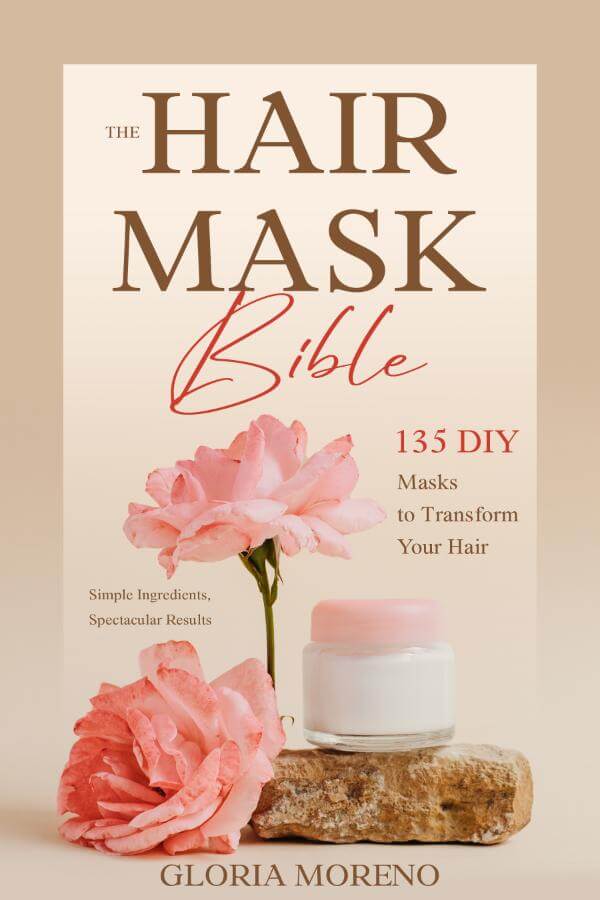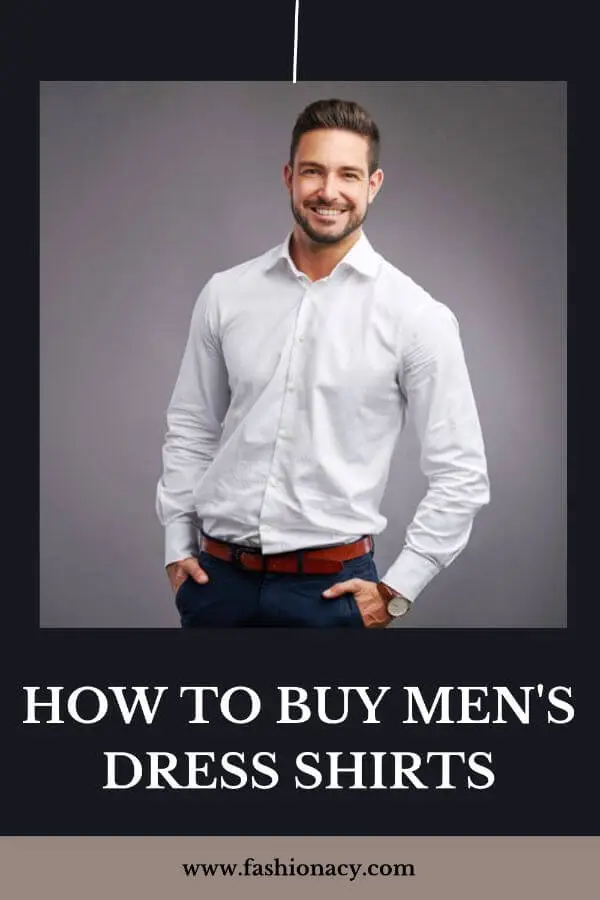
You can appear like a million bucks with the perfect dress shirt. It’s a waste of money to buy the wrong shirt.
In this article I talk about how to buy men’s dress shirts.
I’ve got you covered with the perfect shirt checklist, which includes around 20 elements to consider while shopping for the perfect shirt for you.
Fit
Let’s start with a discussion of fit. If a shirt does not fit properly, do not wear it or have it tailored.
So, what kind of fit are you after? That is the first step.
Do you prefer a slimmer silhouette? Do you prefer a standard fit? Do you prefer a more relaxed fit?
What is the correct answer?
It is frequently determined by your body type. You could go for a slim fit if you’re a slimmer guy. If you’re a bigger guy, I’d be wary of the slim fit because you won’t have as much room to move around.
Let’s discuss about specific fit aspects now.
Collar
So when you button up the top of the collar, you should be able to get roughly two fingers in there. That’s really close to ideal.
The collar is too big if you can fit your entire hand within. It’s too tight if it chokes you when you button it up.
Shoulder Width
Let’s move over to the shoulder width and have a look.
Make sure the shoulder points are aligned with your shoulder point. It’s too big in the shoulders if they’re going down the arm. It’s too small if they’re creeping up on your shoulders.
Torso Area
Let’s have a look at the fit in the torso area next.
The chest, stomach, and hips will all be included in this.
So, in this area, I prefer to have approximately an inch-and-a-half of play, inch-and-a-half to two inches of play. In this scenario, if you’re 6’5″ and 350 pounds, you’ll want to give yourself an extra two-and-a-half to three inches of room. It’s a proportionate system.
Most off-the-rack shirts aren’t going to fit you perfectly, so what do you do?
There’s not much you can do if it’s too tight. It’s just that this shirt isn’t appropriate for you.
However, if you have a little too much play here, you can use darts in the backs and on the sides to help bring the torso in and make it fit better.
I’d like to discuss one aspect of the shirt that is quite tough to change. In fact, I believe it is worth it to go custom just for this one feature, which is the higher armhole and smaller armhole.
A higher armhole really provides you a lot more room to move your arms. It allows you to move around more freely.
The issue is that a higher armhole implies it will only fit certain body types.
Most off-the-rack manufacturers don’t create shirts with a higher armhole, so you’ll have to go custom to acquire one.
Length of Sleeve
Let’s speak about sleeve length next. I enjoy it that it just barely comes off my wrist when I raise my arms.
When I’m driving, I want it to be comfortable, but I prefer it when my hands are down and there’s no bunching.
Length of Shirt
Next, we’ll discuss the length of the shirt.
You want the shirt to stay tucked into your pants when you tuck it in, but if it’s only half an inch, it’ll come untucked all day and there’s nothing you can do about it.
I don’t think it’s a concern if it’s more than two or three inches long. I’d want my shirts to be a little longer. Simply said, I find that a longer shirt stays in place better.
Cuff Fit
Let’s discuss about shirt cuff fit next.
The rule is that you should be able to remove the shirt cuff only after unbuttoning it.
When you button it, it should be snug enough that you can’t take it off without unbuttoning it.
Give yourself an extra half inch to three-quarters of an inch if you’re wearing a watch so the shirt cuff can conceal it.
Sleeve Width
Let’s talk about sleeve width next.
This is the amount of surplus fabric (or lack thereof) in the sleeve.
You don’t have to worry about it if it’s a custom job, but if it’s something off the rack and you’ve really modified the torso and pulled it in a lot, know that you’ll probably have to bring the sleeves in a little bit and get rid of some of that surplus fabric.
Proportions
I’m going to finish up the fit by discussing proportions.
Proportions are frequently applied to the collar and the cuff.
Many manufacturers utilize the same cuffs and collars on all of their shirts, regardless of whether the man weighs 100 lbs or 350 lbs.
Keep an eye on the overall collar size. Avoid the shirt if it doesn’t seem correct when you put it on.
They should pay attention to the tiny aspects when making something custom.
Fabrics
Let’s discuss about fabrics next.
The classic white dress shirt is the most formal of all the shirts available.
What happens, however, when you start using small recurring patterns? We begin to travel down as the clothing becomes less formal.
When you start bringing in a stripe, you’ll see that the fabric begins to impact the formality.
On a dark background, a small dot that repeats becomes more casual.
As we progress from formal to informal, the patterns grow bolder, stronger, and they begin to use a variety of patterns and colors, attracting a lot of attention.
Weight of the Fabric
I think that heavier weight fabrics keep their shape for a longer period of time, which is ideal for cooler weather.
Lighter weights, on the other hand, are ideal for the summer, when you need something that breathes.
It actually depends on the situation, but when shopping for the appropriate dress shirt, pay attention to the fabric’s weight and weave.
Weave of Fabric
What does it signify when a fabric is woven?
The yarns were actually stitched together according to the fabric’s weave. That can have a significant impact on breathability, as well as the overall appearance and pattern.
A classic twill fabric will have a little bit of a pattern that you can see in it, but it will be quite densely woven. It has a slight gloss to it.
A broadcloth weave has a heavier, more dull appearance. That’s perfect for when you just want a good button-down, more of a work shirt.
A poplin weave is a very tight, very good weave that provides dress shirts a very nice light feel.
It’s a very lightweight, breathable shirt with a very simple basket weave that you can almost see through.

Types of Fabric
Let’s discuss about different types of fabrics.
Cotton is likely to be the most popular material. Cotton is one of my favorite fabrics because it is long-lasting and robust. This is something that can get dirty and then be washed several times.
A fine cotton shirt can literally be washed and dried fifty to one hundred times, depending on the quality.
You’re going to start to see blends come in as well. Blends can provide some stretch, and I don’t think it’s a terrible idea to incorporate any synthetic material.
The issue with synthetic materials, however, is that they cannot withstand extreme heat. If you put iron on it all of a sudden, it will melt the material if it is too hot. You must exercise extreme caution in this situation.
Summer linen shirts are lightweight and breathable, making them ideal for hot weather.
The problem with linen is that it wrinkles readily, so don’t use it for your most formal shirts; instead, use it for your casual summer shirts.
Shirt Designs
Let’s discuss about the many types of dress shirts.
Again, it is dependent on your requirements.
First, let’s take a look at the collar.
Because it frames the face, the collar is one of the most significant style aspects on a shirt.
The length of the collar point and the spread of the collar point are what you’ll want to check for here.
These two things are dependent on whether there is a wide spread, a narrow spread, a long point, or a short point. This will have a significant impact on the collar’s overall appearance.
Then there’s the standard business collar, which is designed to be worn with a tie. The majority of off-the-rack dress shirts will have this.
I frequently wear a spread collar. I prefer a spread collar because I don’t usually wear a necktie.
The button-down collar is a more laid-back look. This looks great with a casual shirt, but not with a dress shirt.
You want to be sure that your dress shirts can genuinely accept collar stays underneath. Collar stays are metal or plastic pieces that put into the collar points to keep them neat and sharp.
The collar of your shirt may make or break the look.
Make sure you choose a style that you like and that meets your specific requirements.
Shirt Cuff Style
Let’s discuss about shirt cuff style next.
There’s a traditional barrel cuff. The French cuff is the other sort of shirt cuff that you’ll see.
The folded cuff is known as the French cuff. It will be where two layers of material are present and a cufflink is required.
One of my favorites, however, is the two-button cuff; I adore the look of it, and I’ve worn it several times.
It came with several of my shirts, and it simply screams custom without screaming custom to me.
Types of Buttons
Mother of Pearl buttons are, in my opinion, the most beautiful buttons available.
Mother of Pearl is going to be extremely thin and extremely tough.
Plastic buttons began to appear, and because they were less expensive, they have mostly supplanted Mother of Pearl buttons.
I’m not criticizing plastic in any way. Plastic is readily available and comes in a wide range of colors, but on a dress shirt, Mother of Pearl just cannot be surpassed.
Let’s talk about contrast buttons and contrast stitching while we’re on the subject of buttons.
It all depends on what you want in a formal shirt. You don’t want to go for a contrast with a regular white dress shirt.
However, for a casual shirt, be a little bit different if you want to stand out. A contrasting button, in my opinion, looks fantastic.
You may now do it with contrast stitching as well. Usually, it’ll be on the buttons or the buttonholes themselves.
Pockets
Let’s discuss about pockets next.
Most of my clothing don’t have pockets, and that’s on purpose. The overall aesthetic appeals to me.
Pockets, on the other hand, will oftentimes make the shirt more informal, especially if they have buttons or a flap on them, which will make it even more casual.
If you’re not going to use the pocket, though, a shirt with no pockets would be a better option.
Build’s Quality
Next, let’s talk about the construction quality and attention to detail.
First and foremost, I’m going to examine the collar. It would be ideal if an extra strip of fabric was put around the neckband to reinforce it.
After that, I’m going to look at the stitches per inch. I’d like to see at least eight stitches every inch, preferably around twelve stitches per inch.
Extra buttons are seen, including an extra front button and an extra gauntlet button. Very well-made.
You want to search for such things because if they paid attention to the inside of the shirt, you can assume they paid attention to everything else as well.
Monograms
Monograms are popular among men because they make dress shirts stand out.
They’re going to put it on their collar and their cuff.
Historically, the monogram was only found on the front of the shirt, at the very bottom. It wasn’t something that most people never saw.
And if I’m going to have a monogram, that’s most likely where I’ll place it.



